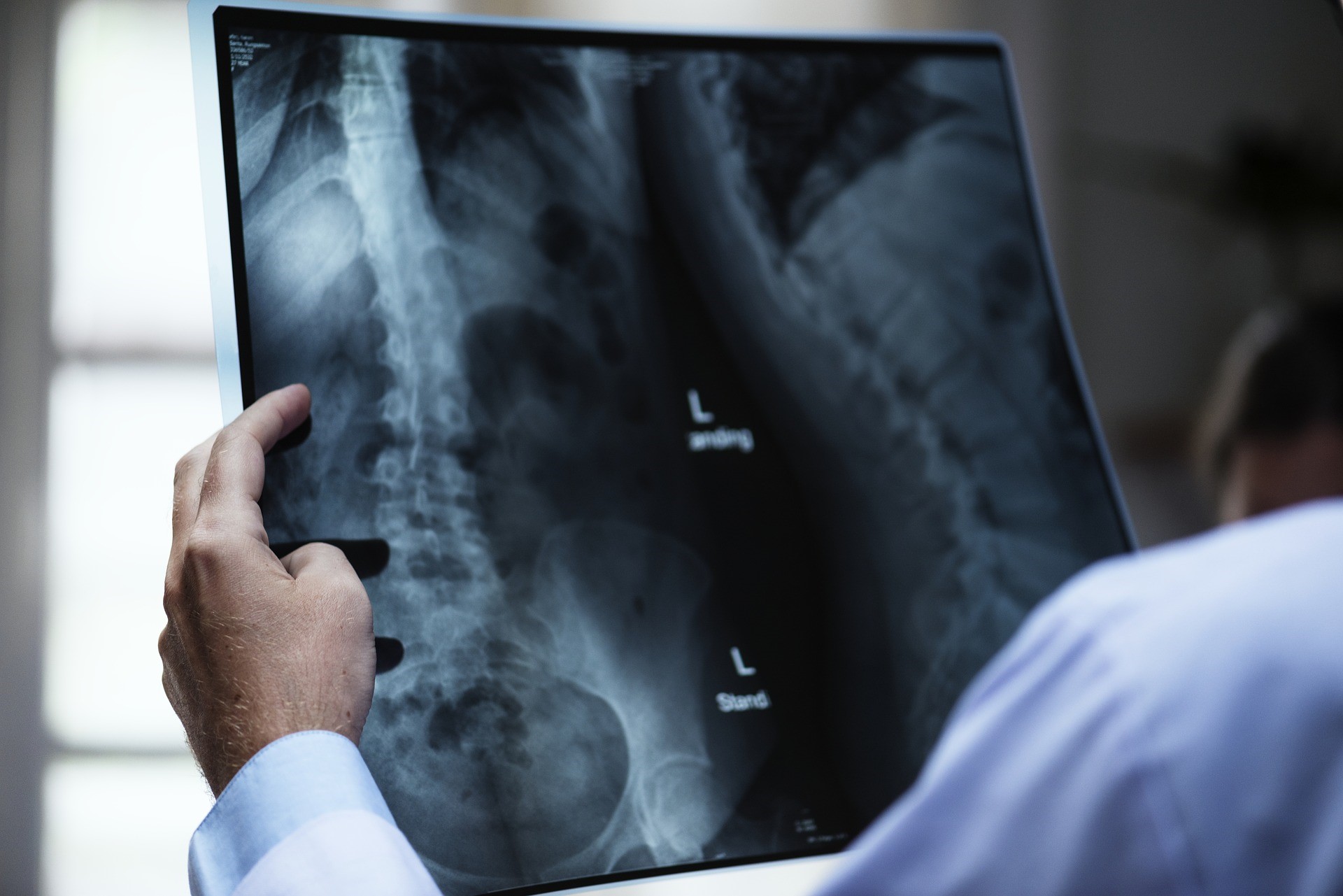From https://craighayes0.blogspot.com/2018/12/youre-lawyer-right-can-i-get-your.html
when the judge tells you that you did a great job
Judge: “I don’t normally give legal advice from the bench, but…”Me:
Dealing With the Aftermath of a Traumatic Back Injury
Spinal Cord Injury Aftermath
Spinal cord injuries change lives, households, and in some cases even entire neighborhoods. When you lose the capacity to completely control your own body, you will need to rely on others for assistance. The people who at one time depended on you may find themselves floundering as they struggle to take care of you. There is no shame in this requirement for support, but it does have functional implications. You’ll need to have support accessing healthcare, attending to insurance coverage problems, and advocating for your rights at work, school, and in your community. A Slidell LA spinal cord injury lawyer is your finest ally in this battle.
The most common cause of a spinal cord injury is a motor vehicle mishap. This cause represents 38.4 percent of cases. Coming in second on the list is falling. This cause is responsible for 30.5 percent of these devastating injuries. Other causes that complete the top 5 are violence, sports, and medical/surgical causes, in that order.
There are around 17,500 new cases of spinal cord injuries each year in this country. Males are the victim in around 81 percent of these cases. On average, victims are around 42 years of age at the time of injury. This is an escalation from the typical age of 29, which is where this statistic stood in 1970. Breaking down the injuries by race and ethnic background reveals something else that is interesting. The majority of cases involve whites who aren’t Hispanic. Blacks who aren’t Hispanic landed 2nd on the list. The majority of the victims are single at the time of the mishap. High school grads represent more than half of the victims. Most spinal cord injury victims were employed when they were hurt.
Considering all of these points, it is easy to see why people who suffer any of these life-altering injuries might choose to look for compensation. This can help them to handle the sharp escalation in expenditures that typically accompany this kind of injury. Cases can be very complex, and having the right representation on your side can go a long way toward obtaining a favorable result. As a personal injury lawyer, Frank J. D’Amico, Sr. is ready and willing to assist you with your claim. Call today! 985.645.0088
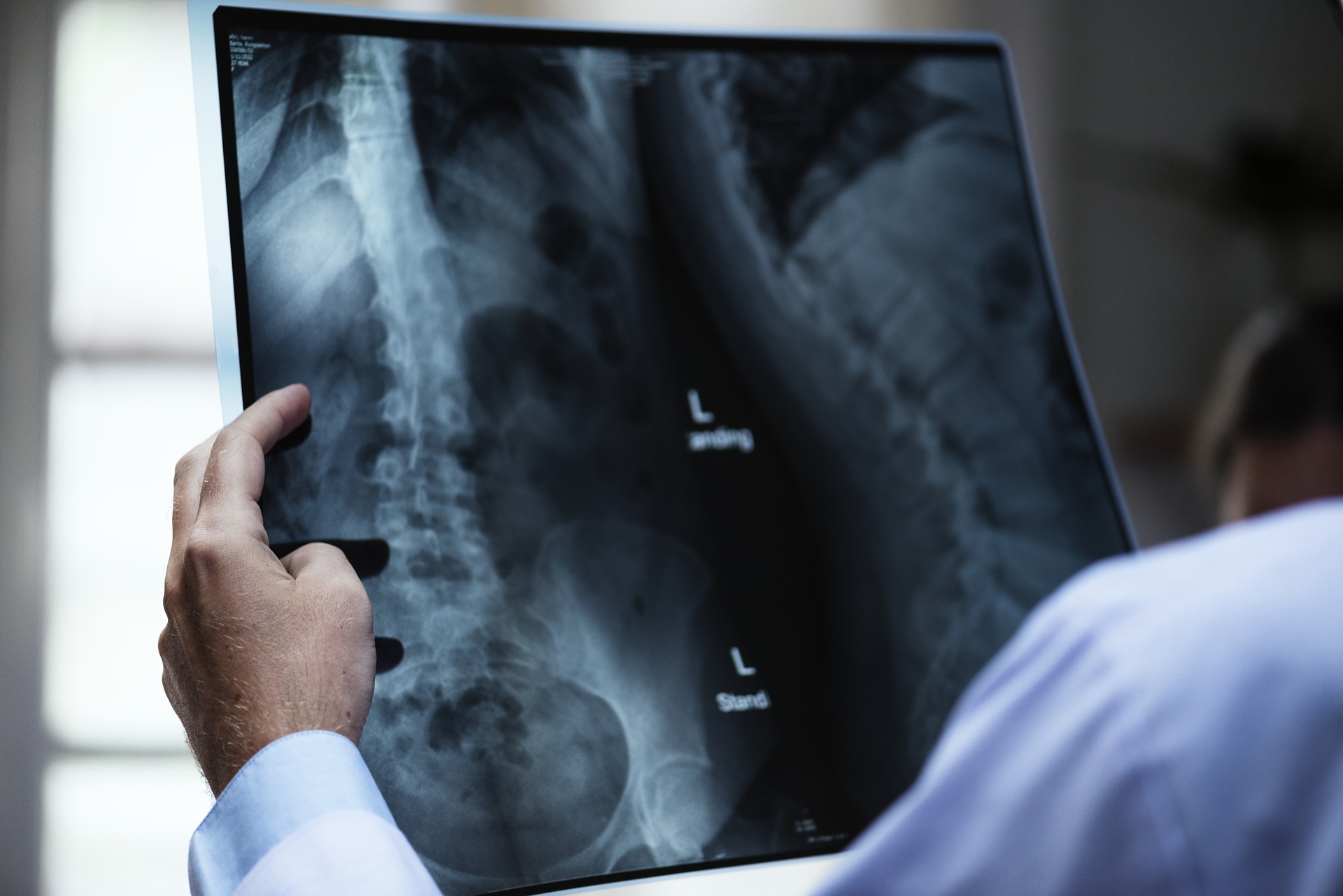
High Cost of Care For a Serious Back Injury
Like it or not, medical treatment is a successful business enterprise. That signifies that if you do not have finances or adequate insurance coverage, you might be stuck getting second-rate treatment. Making a legal claim for your injuries enables you to recover the funds you are in need of to pay for pricey medical and life enhancing services and equipment. An attorney who focuses on back and spinal cord injury, (SCI), may also have the ability to refer you to a physician who is exceptionally qualified to attend to your injuries.
Unless you spontaneously experience a full recovery, you most likely won’t have the capacity to do all the activities you previously performed with ease– having fun with your infant, laboring to support your family, or training your son or daughter’s softball squad, for example. A successful spinal cord injury lawsuit enables you to protect your family by:
- Committing resources to their future with the money you pick up.
- Covering at home caretakers so that your household can enjoy your family relationship, not invest your time together solely on care-taking.
- Guaranteeing you can manage high-quality treatment, possibly increasing your chances of recovery.
- Enabling you to purchase services that support your household, such as grocery shopping, child care, and family therapy.
- Covering the cost of assistive devices to expand your physical abilities.
Standard Losses From a Traumatic Back Injury
A spinal cord injury practically guarantees lost income. Even if you are eventually able to return to your job, you’ll likely have to take several months off to recuperate. You’re entitled to remuneration for these lost earnings. And if your injury has permanently decreased or eliminated your ability to make money, a spinal cord injury claim can recoup funds to cover this loss in making capability.
A spinal cord injury attorney can counsel you about your disability rights, send letters in your place, and file a lawsuit to secure you from discrimination.
Spinal cord injury lawyers do more than simply file claims. They’re also part of a neighborhood of spinal cord injury specialists. An SCI (Spinal Cord Injury) lawyer who focuses on spine injuries likely has connections throughout the SCI neighborhood. Your lawyer can refer you to expert doctors, link you to other SCI survivors, suggest support system, and inform you about exactly what you can expect from life following a spinal cord injury.
A catastrophic injury can rob you of your sense of control. When you rely on others for your care, that sense of efficacy can be eroded even further. Hiring a Slidell LA personal injury lawyer who focuses on spinal cord injury provides you a way to gain back control. You’ll achieve easy access to compensation, have a clearer awareness of your rights, and be able to begin putting the pieces of your life back together.
From https://covingtonpersonalinjury0.blogspot.com/2018/09/dealing-with-aftermath-of-traumatic.html
From https://craighayes0.blogspot.com/2018/09/dealing-with-aftermath-of-traumatic.html
When you’re a public defender and the client threatens to hire an attorney
WHAT HAPPENED AT CAMP LEJEUNE

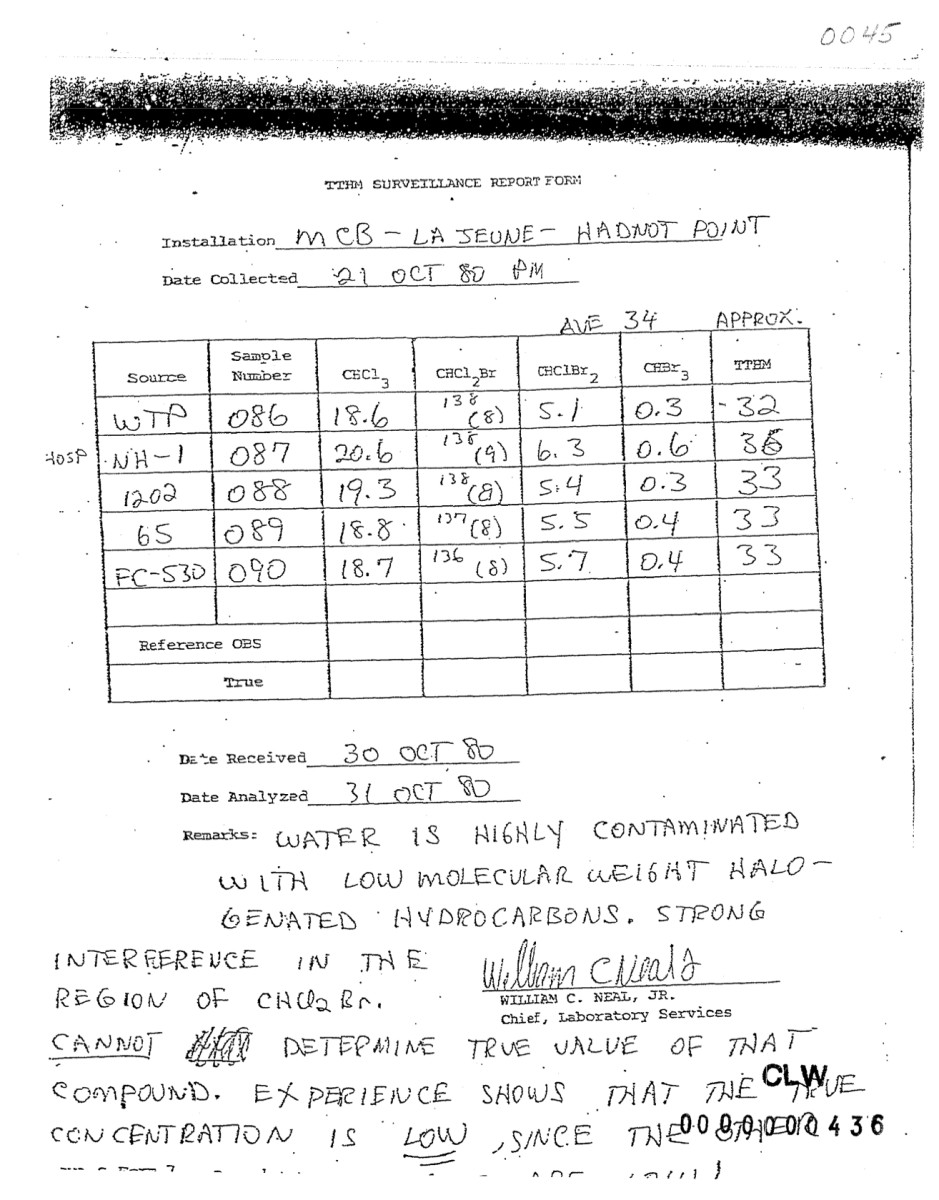
HOW THE WATER BECAME TOXIC
WHEN THE WATER BECOMES VAPOR
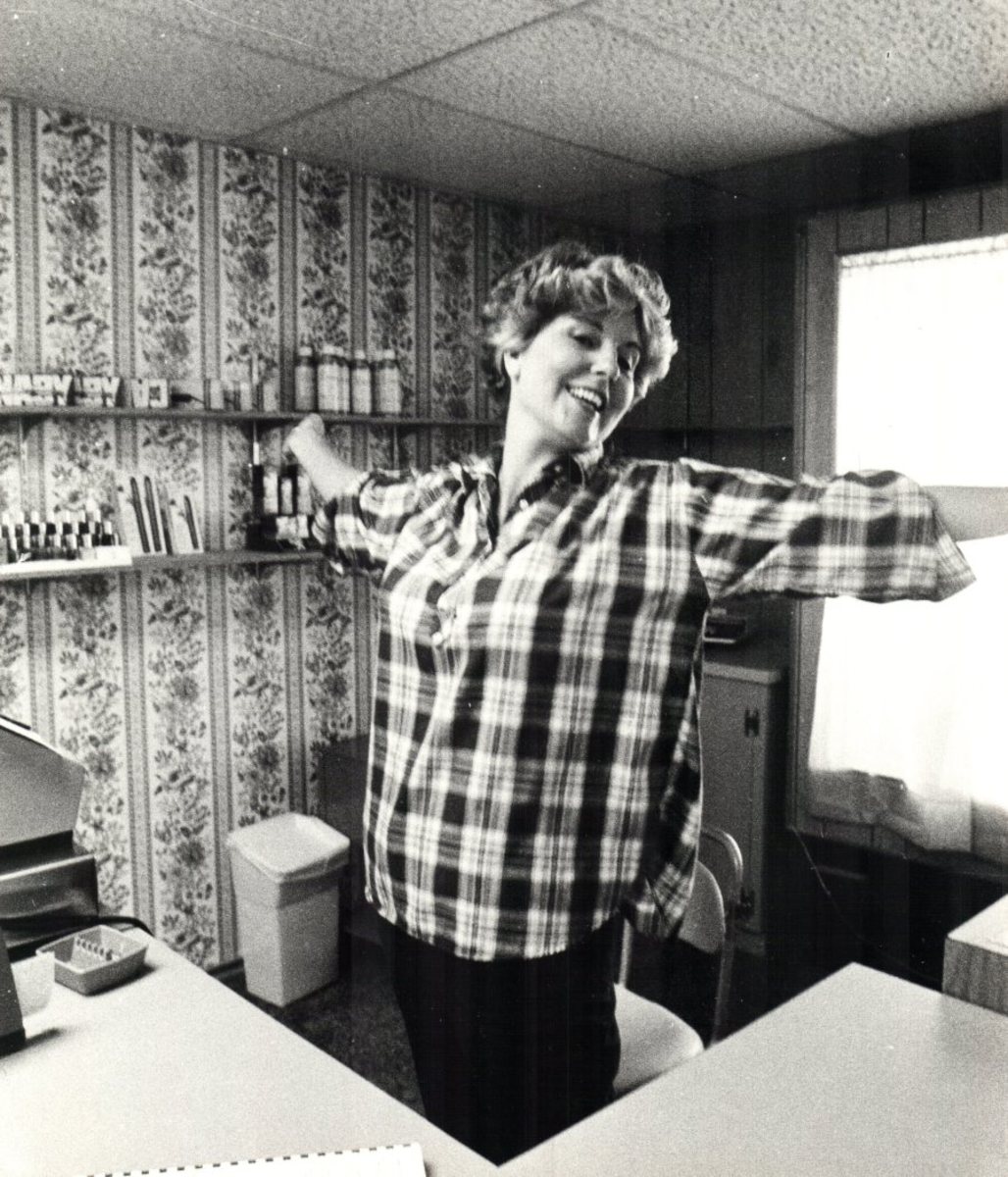
From https://craighayes0.blogspot.com/2018/08/this-is-what-happens-when-government-is.html
Personal Injury & Head Injury Claims
Head Injury – The Medical Side of Personal Injury
While head injuries are one of the most typical causes of death and impairment in the United States. A bulk of patients with head injuries are dealt with and let go from the emergency clinic.
Blows to the head frequently cause brain injury, however shaking may also trigger damage. The face and jaw are located in the front of the head, and brain injury may also be related to injuries to these structures. It is also essential to note that a head injury does not always suggest that there is also a brain injury.
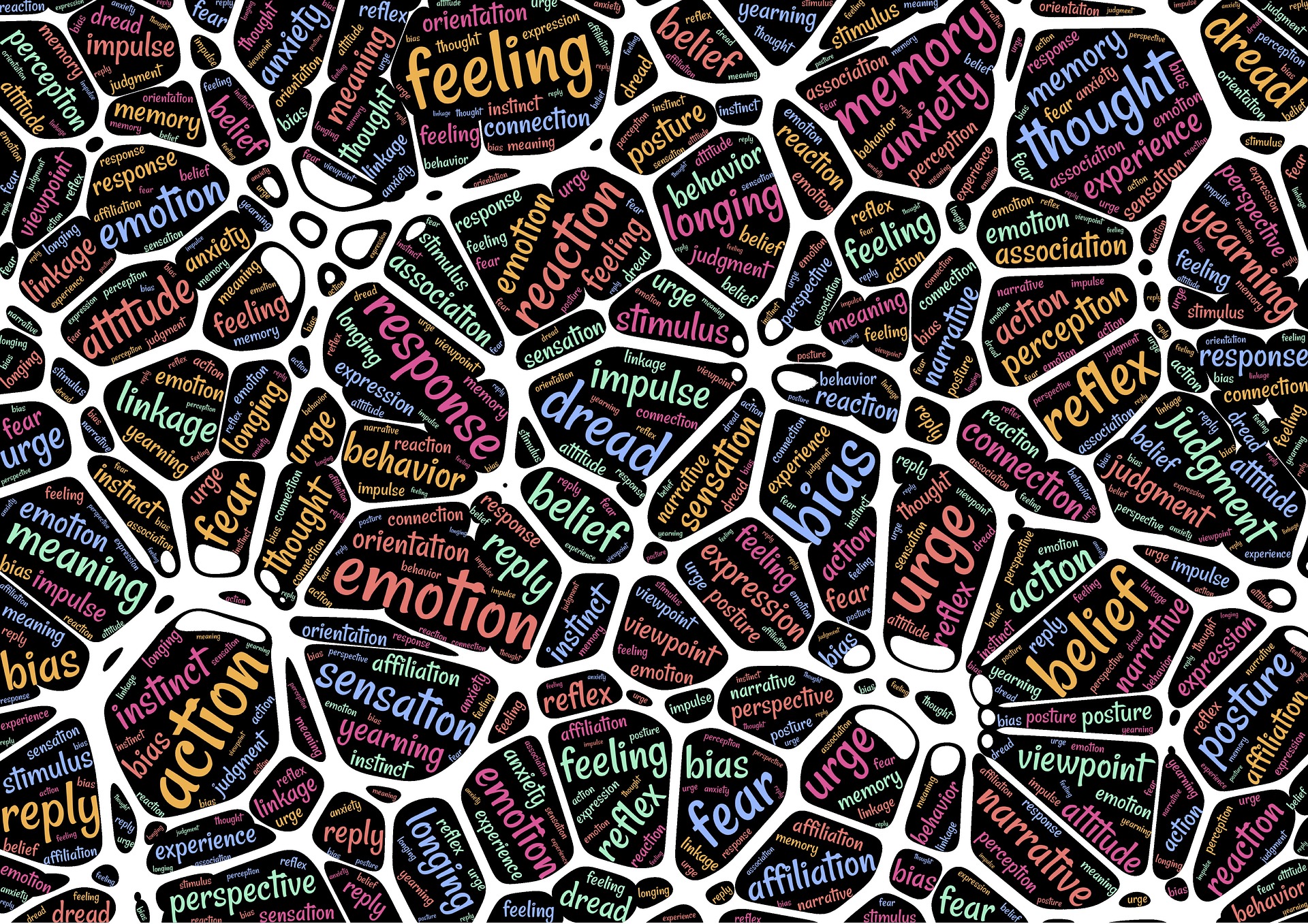
The brain is a soft and flexible product, almost jelly-like in feel, and is surrounded by a thin layer of cerebrospinal fluid (CSF). The brain is lined by thin layers of tissue called the meninges; 1) the pia mater, 2) the arachnoid mater, and 3) the dura mater. The cerebrospinal fluid exists in the space below the arachnoid layer called the subarachnoid space.
The dura mater is extremely thick and has septae, or partitions, that help support the brain within the skull. The septae connect to the inner lining of the bones of the skull. The dura mater also aids in the support of the big veins that return blood from the brain to the heart.
The spaces in between the meninges are typically very little however they can fill with blood when trauma happens, and this accumulation of blood can possibly push into the brain tissue and trigger damage.
The skull secures the brain from trauma however it does not absorb any of the impact from a blow. Direct blows may cause fractures of the skull. There can be a contusion or bruising and bleeding to the brain tissue straight beneath the injury area. However, the brain can bounce around, or slosh, inside the skull and due to this fact , the brain injury may not always be located straight below the trauma area. A contrecoup injury describes the situation where the preliminary blow triggers the brain to bounce away from that blow and is harmed by hitting the skull directly opposite the injury area.
Acceleration/deceleration and rotation are the typical kinds of forces that can cause injuries far from the location of the skull that received the injury.
Head injuries, including those due to bleeding are typically classified by the area of the blood within the skull, as follows:
- Epidural hematoma: With an epidural hematoma, the bleeding lies in between the dura mater and the skull (epi= exterior). This injury typically takes place along the side of the head where the middle meningeal artery runs in a groove along the temporal bone. This bone is reasonably thin and provides less defense than other parts of the skull. As the bleeding continues, the hematoma or clot expands. There is little space in the skull for the hematoma to grow and as it expands, the adjacent brain tissue is compressed. With increased pressure the brain begins to move and ends up being compressed versus the bones of the skull. The pressure has the tendency to build rapidly because the septae that attach the dura to the skull bones produce little spaces that trap blood. Symptoms of head injury and reduced level of awareness take place as the pressure increases.
- Subdural hematoma: A subdural hematoma is located underneath the dura mater (sub= below), in between it and the arachnoid layer. Blood in this area has the ability to dissipate into a bigger area because there are no septae limiting the blood circulation. However, after a time period, the quantity of bleeding may cause increased pressure and trigger signs much like those seen with an epidural hematoma.
- Subarachnoid bleed: Subarachnoid bleeding occurs in the area beneath the arachnoid layer where the cerebrospinal fluid is located. Frequently there is intense headache and throwing up with subarachnoid bleeding. Due to the fact that this area is in touch with the back canal, pressure buildup tends not to take place. Nevertheless, this injury often happens in combination with the other kinds of bleeding in the brain and the symptoms might be compounded.
- Intra-cerebral bleed: Intra-cerebral bleeding takes place within the brain tissue itself. In some cases the quantity of bleeding is small, but like bruising in any other part of the body, swelling or edema may occur over a period of time, causing a progressive reduction in the level of awareness and other symptoms of head injury.
- Large injury: Sometimes, the damage is due to large injury, where there is no obvious bleeding in the brain, but instead the nerve fibers within the brain are extended or torn. Another term for this kind of injury is diffuse axonal injury.
- Edema: All injuries to the brain might also trigger swelling or edema, no different than the swelling that surrounds a swelling on an arm or leg. Nevertheless, since the bones of the skull can not stretch to accommodate the additional volume caused by swelling, the pressure increases inside the skull and triggers the brain to compress versus the skull.
- Skull fracture: The bones of the skull are classified as flat bones, implying that they do not have an internal marrow. It takes a substantial quantity of force to break the skull, and the skull does not take in any of that impact. It is typically transferred straight to the brain.
Head Injury – Causes
By meaning, forceful injury is required to cause a head injury, however that trauma does not always have to be violent. Dropping a couple of steps or falling on to a solid surface may be enough to cause damage. Motor vehicle crashes account for about 17% of traumatic brain injuries, while 35% are from falls. Most of head injuries take place in males.
Penetrating head injuries describe those scenarios where the injury takes place due to a projectile, for instance a bullet, or when anything is impaled though the skull into the brain.
Closed head injuries describe injuries in which no lacerations exist.
The brain may also be hurt without a direct blow to the skull. The head sits on the neck permitting it to shake, causing the brain to slosh inside the skull and become damaged.
Should I contact an attorney?
If you are suffering from a head injury brought on by the neglect of another or the result of being injured in an auto, truck, or motorbike collision, premises liability accident, or employees’ settlement mishap, contact a Covington LA personal injury lawyer from Covington Personal Injury at 985.206.8060, who can evaluate your case and provide you with answers to your questions.
From https://covingtonpersonalinjury0.blogspot.com/2018/08/personal-injury-head-injury-claims.html
from
https://covingtonpersonalinjury.wordpress.com/2018/08/23/personal-injury-head-injury-claims/
From https://craighayes0.blogspot.com/2018/08/personal-injury-head-injury-claims.html
Monetary Responsibility and Payment in Car Accidents
Louisiana Car Accident Liability
Financial Responsibility
Although no two motor vehicle accidents are exactly the same, at least one irresponsible motorist is generally accountable for the resulting damages in most cases. In many cases, however, numerous individuals might be held liable.
In truth, there are even instances where individuals aside from drivers might be accountable for damages. These include, however are not limited to: crashes that involve semi-trucks or other business or commercial vehicles; municipal transit authority streetcars & buses; unsafe highways; car flaws; personal buses or scenic tour vehicles; and government automobiles. Our Covington LA personal injury lawyers will completely examine your case to assess liability and pursue the financial compensation you must have to move forward.
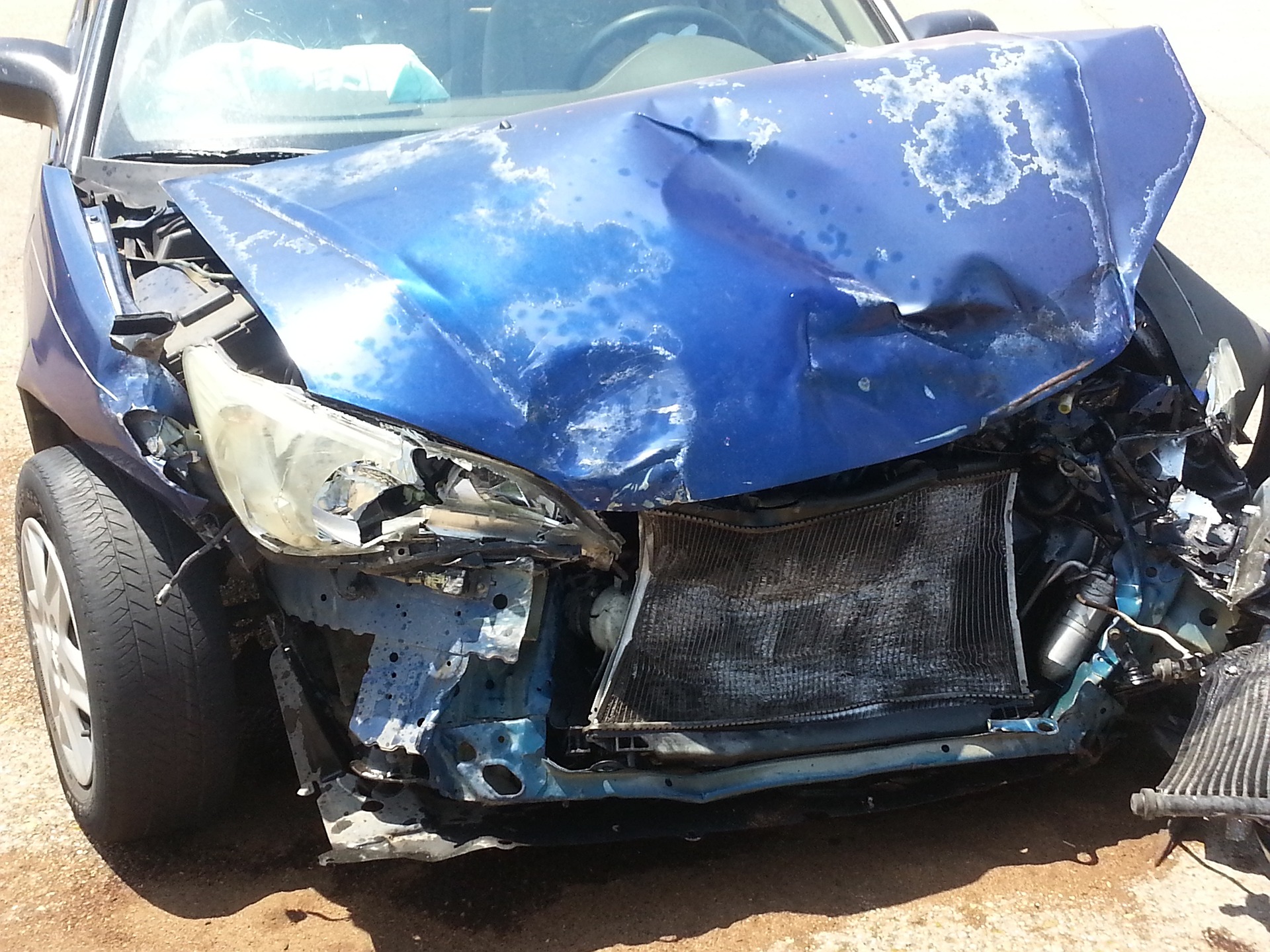
Payment
Traffic accident injuries don’t just trigger physical pain and psychological stress, they create a financial concern also. Depending on the scenarios of your accident and the severity of your injuries, you may be entitled to compensation to help cover costs related to:
- Medical expenditures
- Discomfort and suffering
- Lost earnings
- Loss of earning capacity
- Home damage
- Funeral costs and loss of consortium in case of wrongful death
While monetary settlement can not make up for all of your losses, it can make the healing procedure less painful. Our Covington LA personal injury lawyers have the courtroom expertise to take cases to trial when settlement deals are unjust.
Elements that Affect Compensation for Personal Injury
Strong proof makes your claim more powerful. Your Covington LA personal injury attorney will be trying to develop as much supporting evidence as possible when preparing your case.
Elements that will have to be examined include:
- The official police report
- Whether and how quickly you sought medical attention (Visit the emergency room or your physician as quickly as possible after an accident, if you are injured.).
- Any pre-existing injuries that you are declaring worsened as an outcome of the mishap.
- Ask your doctor to take brand-new x-rays or ultrasounds of those hurt areas. Comparisons in the pre-accident and post-accident scans can help in showing that the mishap triggered additional damage to the location.
- DUI/DWI charges and other citations associated with the mishap.
- Statements that you make to other operators or occupants after the accident (Keep in mind that although your emotions may be extreme following a car accident, you must avoid making any statements of blame.).
- Eye witness statements.
- Photographs taken of the accident scene.
- Records and files that confirm the amount of days and earnings you lost due to the mishap.
- Personal injury limitations written in your car insurance coverage.
Damages in Personal Injury Cases.
The “damages” in a personal injury case describe the cost of your injuries. They consider the following as they connect to your injuries sustained in a mishap:.
- Direct monetary expenses.
- Emotional and indirect costs.
Compensatory damages are most common. They consist of the following:.
Specific damages. (This refers to the specific valued amounts related to accident-related injuries or loss.) They consist of:
- Expense of medical costs.
- Lost incomes.
- Loss of earning capability.
- Home loss.
General damages. (These damages are those that do not have easily determined dollar quantities and are subjective.) They include:
- Discomfort and suffering.
- Psychological distress.
- Failure to have children as an outcome of accident-related injuries.
- Loss of an extremity.
- Loss of consortium, if the mishap caused a pressure on your relationship.
If the accused was specifically reckless when triggering the accident, you may also get punitive damages, which are meant to punish the defendant, and are levied by the court.
If you have concerns about damages, your Covington LA personal injury attorney will be able to provide you the information you are seeking.
From https://covingtonpersonalinjury0.blogspot.com/2018/08/monetary-responsibility-and-payment-in.html
From https://craighayes0.blogspot.com/2018/08/monetary-responsibility-and-payment-in.html
Back Injuries in the Workplace
According to the Occupational Health and Safety Administration (OHSA), back injuries at work are second only to hand injuries as the most prevalent work environment injury.
Common job site back injuries consist of:
- Lower back pressure
- Bulging, herniated, and slipped discs
- Fractured vertebrae
- Pinched nerves
- Spinal cord damage
Many job site back injuries are the outcome of over-extension (twisting) of the spinal column from heavy lifting, pulling, pressing, or bad posture while sitting for an prolonged period. Back injuries at work are typically painful and need extended treatment and healing time.
Reasons For Back Pain
Pain in the back from a job site injury can have several causes. It can come from a single act, like raising a box that’s too heavy, or from a gradual, consistent pressure on back muscles, ligaments, and the disks protecting your vertebrae. Recurring motions, such as lifting, pulling, pressing, packing, and even sitting incorrectly can ultimately cause your back to become compromised or become strained in some manner.
Back pain can be severe or chronic:
Severe pain comes on rapidly, however decreases within 3 to 6 weeks. While acute neck and back pain can be unbearable, it is short-term.
Chronic pain continues for more than 6 weeks. Chronic back pain can be present for many years, and even last a lifetime.
The spine is made up of twenty-four moving vertebrae and 9 that are merged. In between each moving vertebra is a disk. These are filled with fluid and act as shock absorbers, separating and cushioning each vertebra. A back injury can cause one or more disks to protrude or herniate. Without the cushioning disks, vertebrae grate against each other and spine nerves end up being inflamed, triggering pain.
Ligaments of dense tissue around the spine keep the spinal column in place while enabling it to flex and twist. When the spine is severely overextended, the ligaments can stretch out of place or tear, which triggers severe discomfort and stress.
Muscles extend up and down the spine on both sides of the vertebrae. These muscles assist with lifting, pulling or pressing heavy loads. Like muscles throughout the body, over-extension, sprains, and tears can happen.
The spinal column surrounds and secures the spine. The spinal cord has countless nerve endings that send out messages in between the brain and body. A spinal cord injury can be physically debilitating and may lead to paralysis or perhaps death.
What to Do If You Suffer a Back Injury at Work
If you sustain an injury at work, you’re entitled to employees’ compensation packages. Those benefits cover your medical and treatment bills, out-of-pocket expenditures, costs of transportation to and from treatment, and approximately two-thirds of your lost earnings. You might also want to seek the suggestions of a skilled Covington, Louisiana personal injury lawyer.
The employees’ comp procedure begins when you initially report your injury to your company or designated manager. The first report of injury is normally submitted on a DWC-1 document. You record particular details about the date, time, and reason for your injury on this injury document. If you’re seriously hurt and have to be hospitalized, you might not have the ability to finish the form till you’re stable.
After reporting your injury, you’ll get a list of company-approved doctors from your employer. You need to pick one as your main physician. The primary doctor is responsible for evaluating you and making recommendations to professionals or other healthcare companies, such as orthopedists, podiatric doctors, or chiropractic specialists.
When your physician identifies you’ve reached a level of MMI (Maximum Medical Improvement), she’ll offer you a return to work document. The document indicates whether or not you are cleared to return to your previous type of work.
If your back injury is detected as:
- Short-lived partial special needs, you may have the ability to resume your previous workplace tasks after a healing time.
- Permanent partial disability, you might be able to return to work, however not at your former workplace responsibilities. If possible, your employer may designate you to another position that accommodates your disability. (If such a position isn’t offered, you may have to look for work somewhere else.).
- Irreversible overall disability, you will not have the ability to return to your previous job.
Treatment for Back Pain
Treatment for back injuries at work range from moderate (applying cold and hot compresses), to comprehensive (surgical treatment as a last hope). Your physician may suggest drugs to lower pain and swelling, such as acetaminophen, aspirin, ibuprofen, or other non-steroidal anti-inflammatory drugs (NSAIDS).
To control severe pain, he or she may recommend narcotic painkillers or other effective medications. Additional treatment can include chiropractic care, massage, ultrasound therapy, and whirlpools.
The majority of injured workers wish to return to work as quickly as possible. Making it through on partial incomes can be demanding and frustrating; however, failing to follow your recommended course of treatment or going back to work before being at a recommended stage can delay your healing. You can be re-injured or get another, secondary injury associated to your main back injury.
Settlement for your Back Injury
You might be able to recover compensation for your costs by filing an insurance coverage claim or personal injury suit. Consulting a Covington LA personal injury lawyer, who focuses on back injuries, can assist you in figuring out the best options for your scenario. Your Covington LA personal injury lawyer will examine your case and collect the evidence needed to support your claim, working to get for you the settlement you deserve.
https://commondatastorage.googleapis.com/baa-personal-injury/Back-Injury-Lawyer-Covington-LA.MP4
From https://covingtonpersonalinjury0.blogspot.com/2018/08/back-injuries-in-workplace.html
from
https://covingtonpersonalinjury.wordpress.com/2018/08/06/back-injuries-in-the-workplace/
From https://craighayes0.blogspot.com/2018/08/back-injuries-in-workplace.html
The Journey Begins
Thanks for joining me!
Good company in a journey makes the way seem shorter. — Izaak Walton





